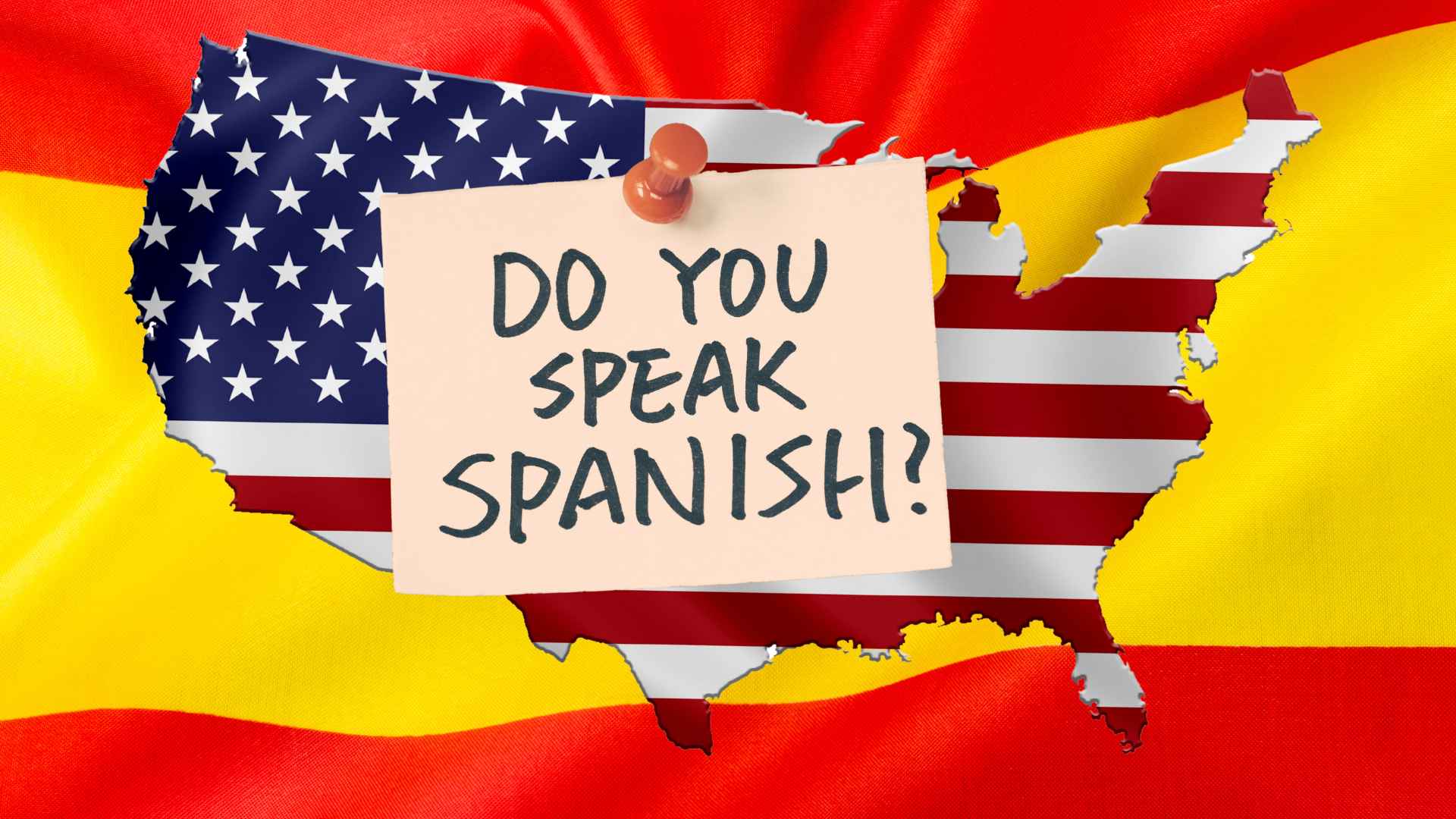Demographers say a Spanish‑speaking plurality could arrive by mid‑century, reshaping daily life from classrooms to campaign trails.
The possibility that Spanish will outnumber English within a generation is no longer dismissed as science fiction. Linguists and census analysts see Hispanic population growth, bilingual households, and media demand converging so quickly that the nation’s linguistic balance may tilt as early as 2050—barely 25 years away.
No one is predicting that English will vanish. Yet the share of residents who speak Spanish at home has doubled since 1990, and the U.S. now trails only Mexico in total Spanish speakers. If the trend holds, Spanish could become the language most Americans use at work, in supermarkets, and even at town‑hall meetings.
Experts warn English may lose ground as Spanish gains demographic traction nationally and in key metropolitan corridors
Humberto López Morales, a noted Puerto Rican linguist, has argued for years that the tipping point may come “around 2050” if immigration and fertility patterns remain steady. Recent Census Bureau updates add weight to his call: Hispanics account for roughly 71 percent of the nation’s population growth since 2020, pushing their total to 65 million. Meanwhile, 44 percent of Latino adults report speaking Spanish “all or most of the time” at home. That’s a huge linguistic engine.
So, what does that mean on the ground? Think of Miami‑Dade, El Paso, or parts of Queens where Spanish is already the default on street signs and bank kiosks. If similar pockets blossom in states like Georgia and North Carolina, English could find itself in second place region by region before the national numbers flip.
| Year | Hispanic share of U.S. population | Projected Spanish‑at‑home speakers* |
|---|---|---|
| 2025 | 20.2 % | 46 million |
| 2035 | 24.0 % | 57 million |
| 2050 | 28.5 % | 72 million |
“Could those numbers slip?” Absolutely. Language shift often accelerates in third‑generation families, and English remains the ticket to many white‑collar jobs. Nevertheless, Spanish‑language streaming platforms, Latino political clout, and dual‑language public schools are strengthening retention in ways unheard of just two decades ago. Below, five everyday arenas where a Spanish plurality could change how Americans communicate and do business across the country:
- Education – Dual‑immersion programs may become the norm rather than pilot projects.
- Healthcare – Hospitals are already hiring bilingual staff; certification could turn mandatory.
- Elections – Campaign ads and debates in Spanish could decide swing‑state outcomes.
- Commerce – Retail giants are expanding Spanish‑first apps to capture younger consumers.
- Entertainment – From box‑office hits to regional Mexican chart‑toppers, content budgets are shifting southward.
Still skeptical? Consider this: in 1980 only 11 percent of Californians spoke Spanish at home; today it’s 29 percent. Change, in other words, can accelerate quickly once a community reaches critical mass.
What should policymakers and parents keep in mind as the language landscape evolves across generations nationwide
For leaders, investing in bilingual education and translation infrastructure now may soften future friction. For families, encouraging fluency in both languages can open doors in a job market that increasingly prizes cultural dexterity.
One thing is clear—whether or not Spanish becomes the most spoken tongue, it is poised to shape the nation’s identity like never before.

